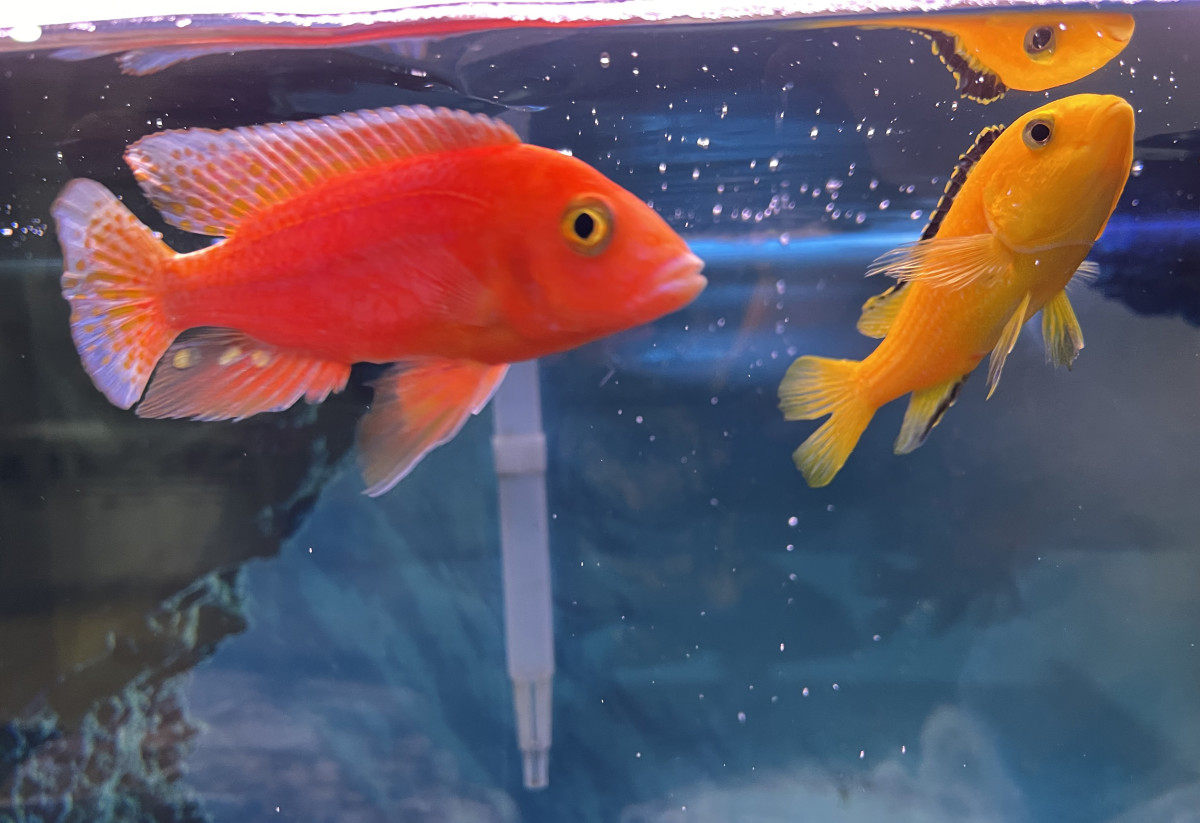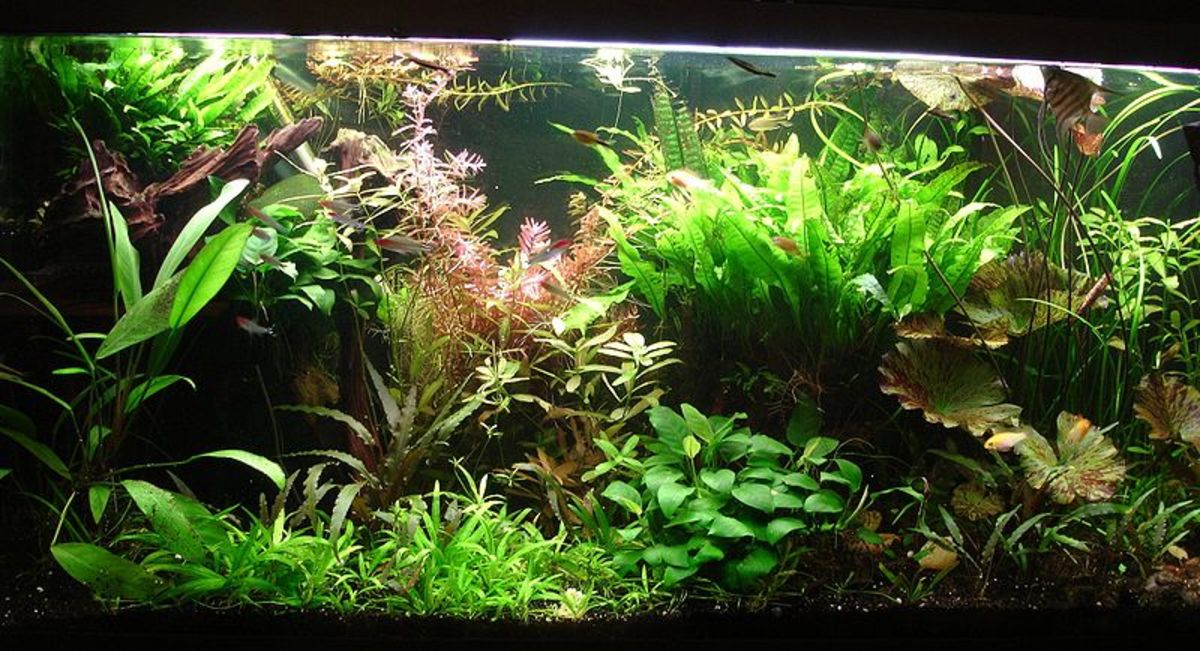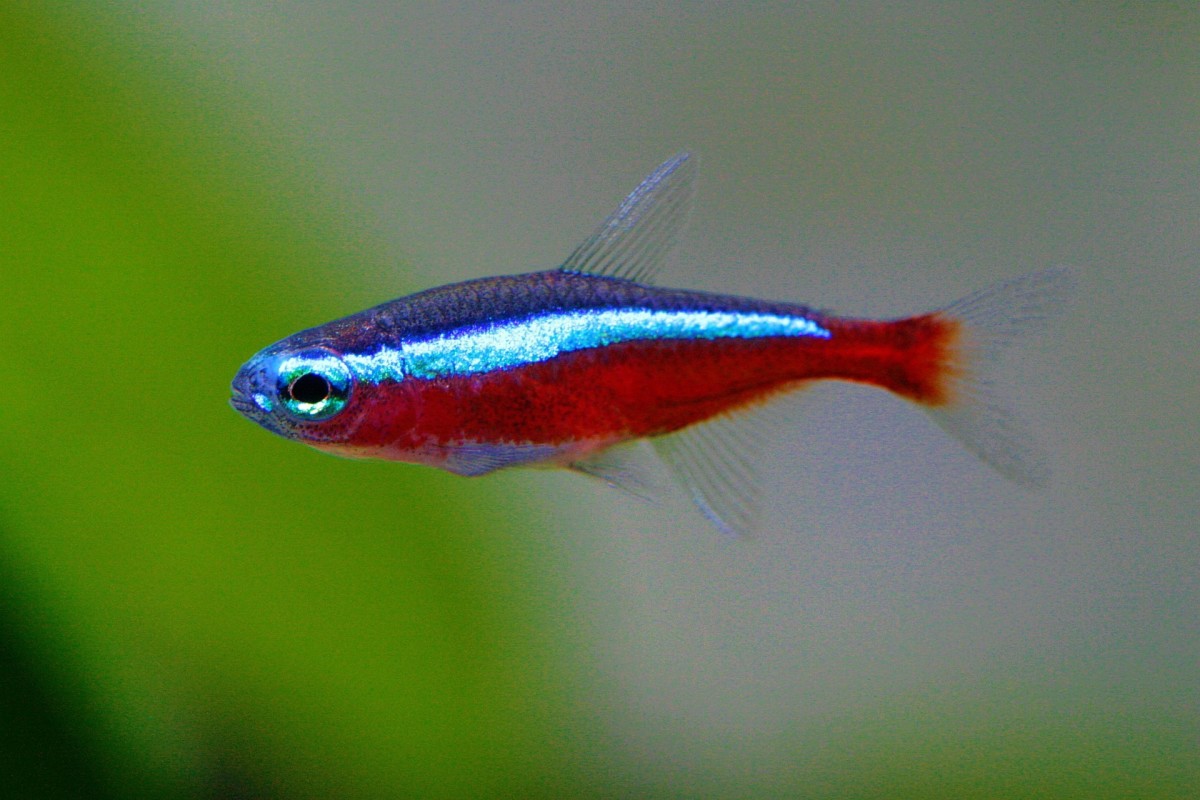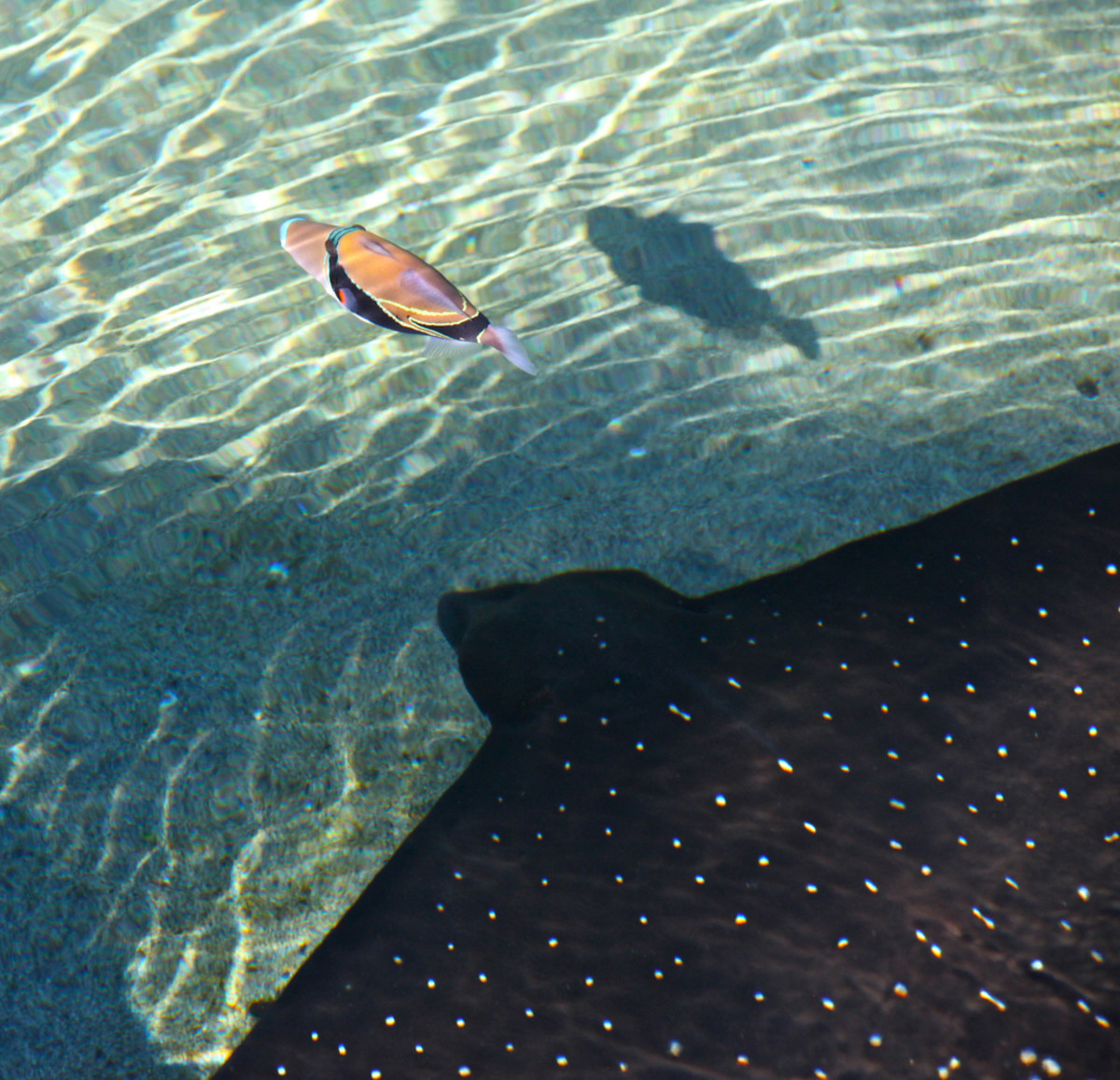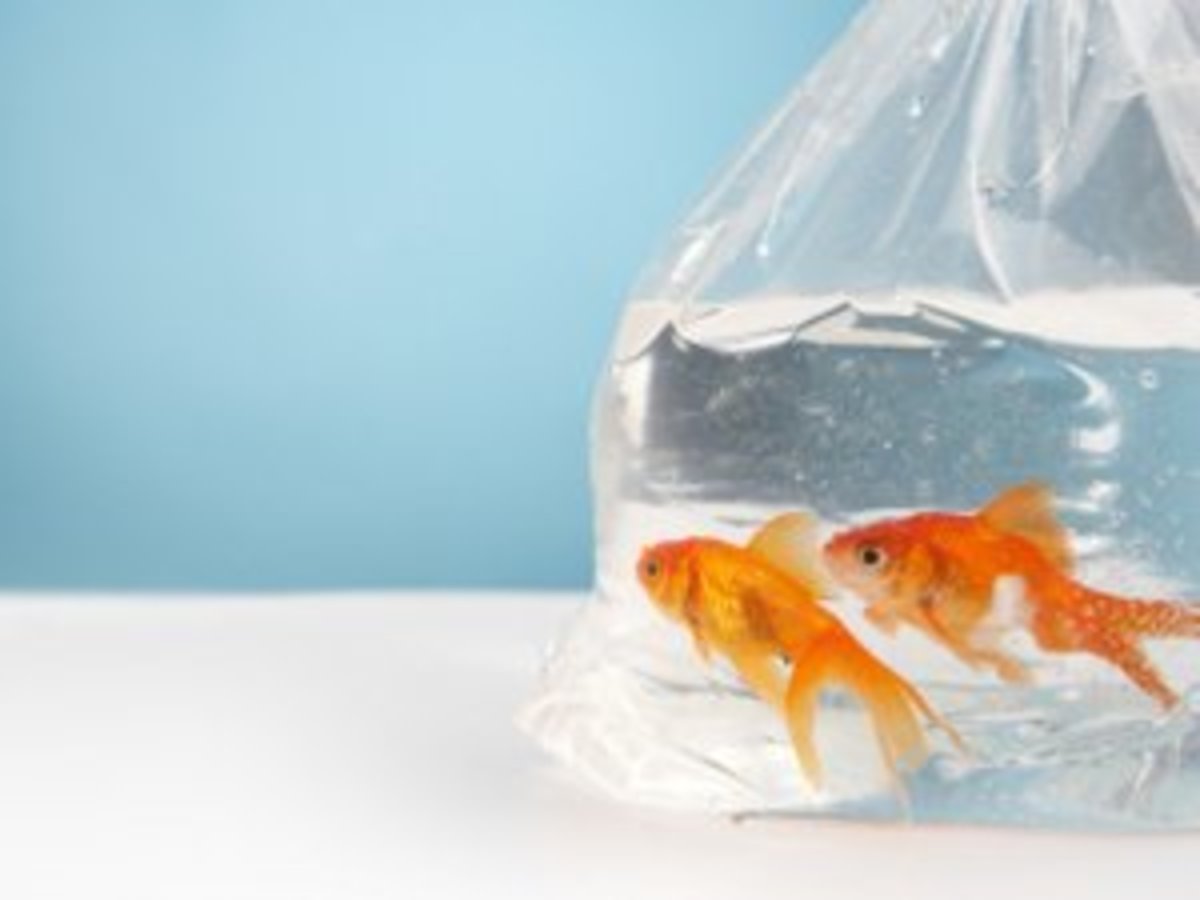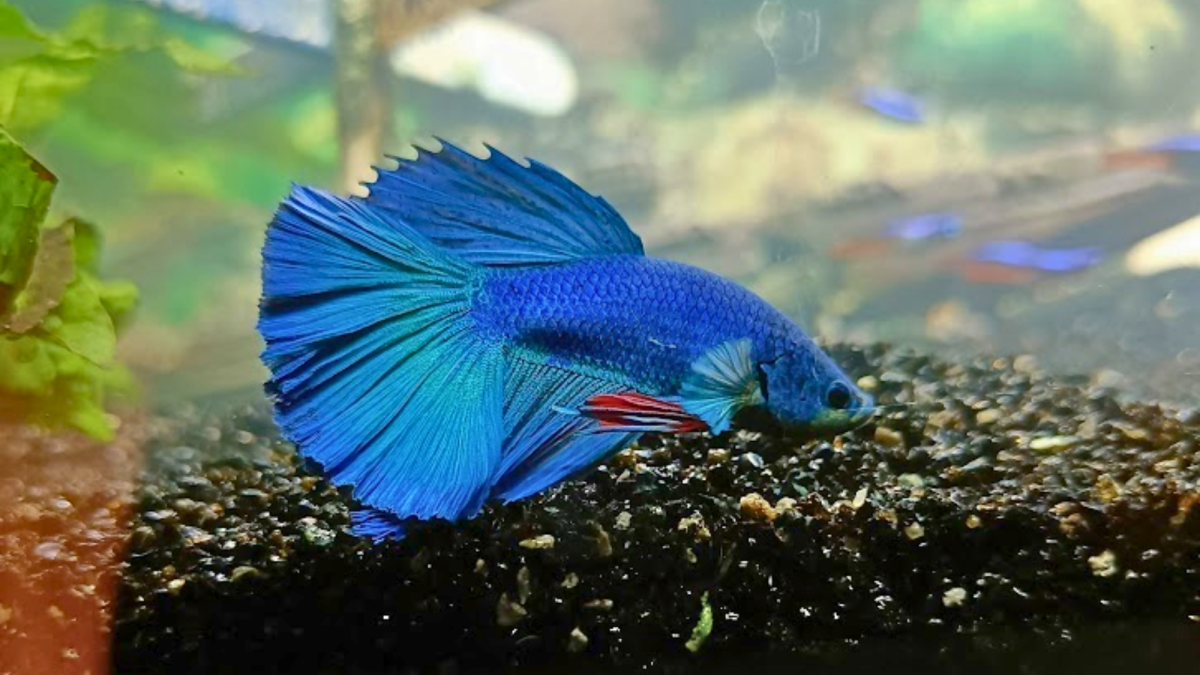Setting Up A Fish Tank
fish, fish, fish!
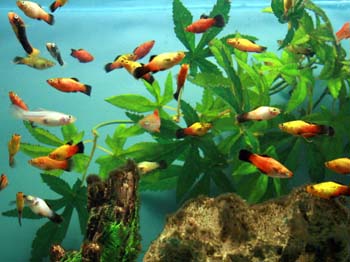
Setting up a fish tank for the first time can be very excited but also very frustrating when things don't go quite as you expected. Over the years of working at a pet store I have seen the disappointment and frustration more times than I can count! A lot of people have no idea what's involved with a fish tank and have no idea what to do about it. I hope to ease the frustration and enhance the wonderful experience of having a fish tank.
Information and patience are going to be very important for this process. You're not just setting up a fish tank your setting up a delicate more or less a contained ecosystem! There is a lot more going on in your tank than you can see! So first things first, always make sure you have everything you need to set up your tank before you even think about fish, that's going to be a few days away!
First, know what size tank you want or have. It's very important in determining what kind of fish and how many you will be able to house. The smaller tank you have the less you'll be able to do as far as types of fish and quantity. However for beginners I would recommend a smaller tank such as 10 to 20 gallons, in order to get accustomed to how a fish tank works. It's always a good idea to inspect your tank to make sure there are not cracks and thoroughly cleaning the tank with hot water and is necessary diluted bleach. Always make sure you thoroughly rinse out the tank if you use bleach, it will cause a big problem later on if you have soap left in the tank. On that note, try to avoid using harsh chemicals when cleaning the tank, if it's not rinsed out properly it will become an unsafe environment for your fish to live in. Also, make sure you have a stand that will hold the weight of your tank. A 10 gallon tank with water weighs about 100 pounds! I don't recommend gambling with the possibility if it can hold it, while it may hold up for a while you'll have quite a mess should what the tank is sitting on gives out.
Now that your tank is good to go you'll need a filter for it. It can be confusing to decide what kind of filter you need since there a several different kinds. The most common are hanging filters, canister filters, and undergravel filters. I love canister filters personally, and I would recommend them to anyone. They do a great job of keeping your water clean and set for your fish, however they can be very pricey so they are not the most popular thing to get, especially starting out. However if you have a large tank, 55 gallons and yup, I would strongly recommend it. I have found that people get very confused about undergravel filters and by the end are very frustrated by them. A undergravel filter's main purpose is to create good bacterias for your tank, which is what you want but it's not really designed to remove anything from the water. You have to vacuum it out, but you can use it in combination with another filter. Undergravel filters are for biological filtration not mechanical. Lastly, the hanging filter which is the most common for fish tanks. These are simple to use and still do the job. I recommend always going over the gallon size you need for your tank. For instance if you have a 15 gallon tank getting a filter for a 20 gallon won't hurt at all, if anything it'll give your tank a little more cleaning power.
Now you'll need a few other things to go along with this filter, a heater and a thermometer are very important for a tank for certain fish. If you are looking at getting any tropical fish always have a heater, they need a constant temperature of 76 -78 degrees. Extreme temperatures can result in the fish becoming sick or dead. Also, you'll need water conditioner to remove any chlorine and heavy metals from the water that is unsafe for fish. Even if you are using well water I still recommend it for the welfare of the fish. It wouldn't hurt to purchase a bacteria supplement as well. It's not required to start the tank but it does help kick start the development of good bacterias for you tank.
Now that you have all that it's time to decorate! How your tank looks is completely up to you. There are lots of different ways to design a tank, so have fun with it! I do have some pointers to help you along though. With gravel, you want about a pound of gravel for every gallon the tank is. For example, a 10 gallon tank only needs 10 pounds of gravel for a standard cut tank. If you have a tank that is shaped differently you may need more or less than that. Basically you only need about an inch or two of gravel covering the bottom. Having an excessive amount of gravel can cause waste to greatly build in your tank which can cause it stay dirty or cause problems with the water. Plants are also a good item to invest in too. For beginners, you may want to use plastic or silk plants to start with. While live have are very beneficial for a tank that do require special care. Fish love to have coverage. If there is too much open space you may find that your fish will hide, so make sure you get various different sizes of plants to cover all areas of the tank to some degree.
Time to put it all together! Decorate the tank before you fill it water so you know exactly how you want it to look before you fill it up. Once you fill it up set up your filter. Never turn on a filter without having water running through it, the motor will burn out. Sometimes you have to pour water through the filter to get it going. Next add your heater,thermometer, conditioner, and bacteria supplement if you have it and leave it! Most information says to wait 24 to 48 hours before adding fish. At the very lease 48 hours, like I said your tank is an ecosystem there is a lot of changes that are going on in the tank that the fish may not be able to handle. I recommend letting the filter run for about a week before you add fish so that you give your tank time to establish. This is why adding fish the same day you set up the tank usually results in the death of the fish so I would not recommend that.
The very last act before adding fish to the tank is test the water! Either by purchasing a testing kit or having it tested at a pet store. This is to ensure that chemical setting's in the water are acceptable for fish to live in. By doing this you are increasing the chances of a healthy environment for you fish and starting off to a great start! Remember with a fish tank, a little bit of patience can make all the difference to the success of your tank!


